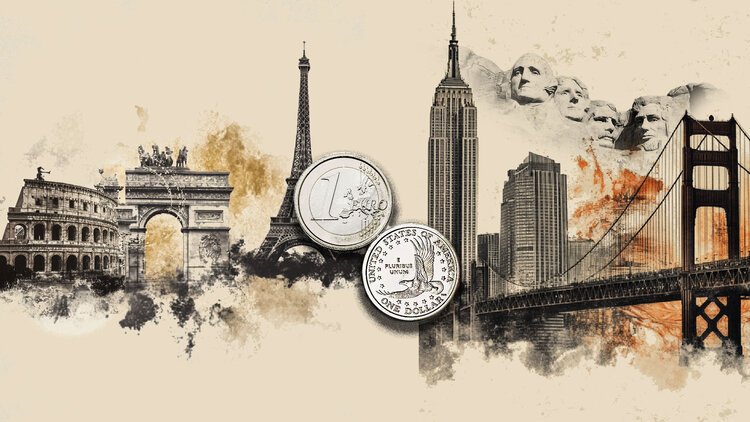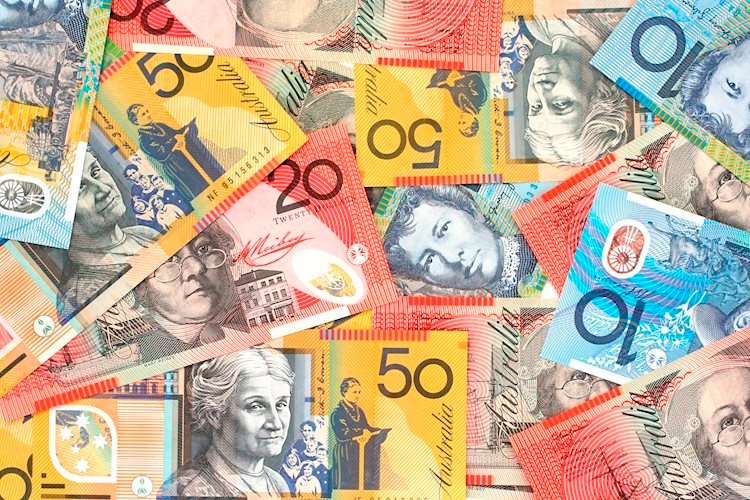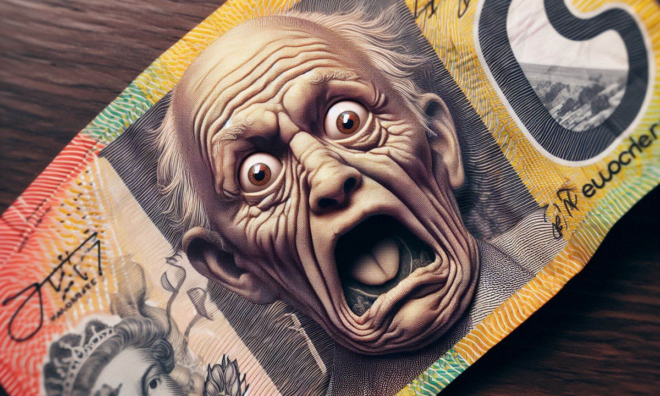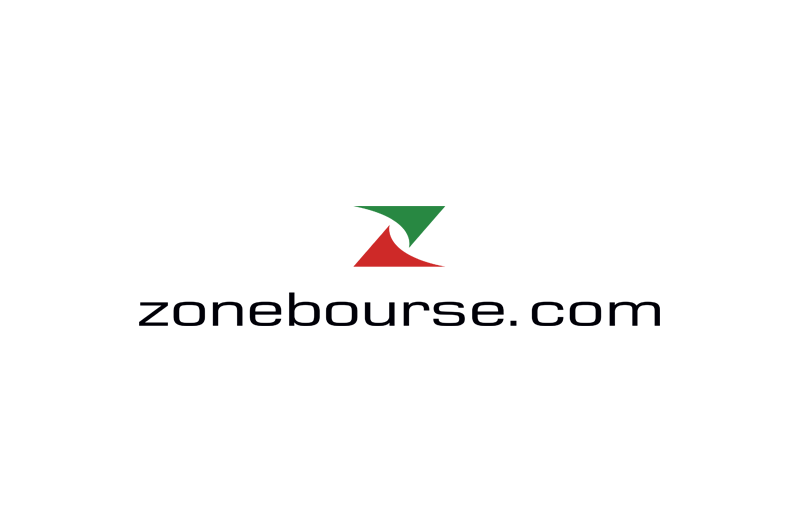EUR/USD is finding some relief midweek, reversing part of its recent slide and nudging back above 1.1600 the figure after three straight days of losses. The pair’s rebound comes amid a mild recovery in the broader risk sentiment and a generalised pullback in both US and German yields.
In the meantime, the US Dollar (USD) is losing some impulse, with the US Dollar Index (DXY) snapping its recent multi-day winning streak. The move higher in spot also reflects easing nerves around the US–China trade situation, though uncertainty surrounding the ongoing US government shutdown continues to hang over the market.
Washington gridlock drags on
The US government shutdown is still going on, and there is no end in sight since politicians can’t agree. The Senate will convene again on October 28 to vote again, but most don’t anticipate anything to change.
Now on day 22, this is already the second-longest shutdown in US history, and if it runs until November 5 (day 36), it will set a new record.
Every day that the government is shut down puts more stress on the economy because hundreds of thousands of federal workers aren’t being paid, public services are being interrupted, and business confidence is beginning to fall. The longer the closure lasts, the more danger it poses to the job market and GDP growth, which are already in bad shape.
Trade tensions cool but stay in play
Markets are keeping a close eye on developments between Washington and Beijing. There’s talk that President Trump and President Xi Jinping could meet later this month in South Korea, though relations remain fragile.
Beijing’s move to tighten controls on rare earth exports has stirred the pot again, drawing a swift reaction from Washington, including fresh tariff threats from President Trump. The flare-up has quickly brought trade risks back into focus for investors.
Still, there are faint signs of diplomacy. Both Treasury Secretary Scott Bessent and China’s Commerce Ministry have suggested that communication channels remain open, hinting at a willingness to keep talking and possibly extend the current truce.
Fed keeps the door open
The Federal Reserve (Fed) appears ready to deliver another 25-basis-point rate cut at its October 29 meeting.
The latest “dot plot” leaned dovish, pointing to around 50 basis points of additional easing by year-end, with smaller moves pencilled in for 2026–27. Growth forecasts were nudged slightly higher to 1.6%, while unemployment stayed at 4.5% and inflation projections were unchanged.
Minutes from the last meeting reinforced the Fed’s flexible stance, as policymakers are prepared to act again if needed, but there’s no sense of urgency.
Fed Chair Jerome Powell acknowledged the labour market has cooled, reaffirming that decisions will be taken “meeting by meeting” as the central bank weighs softer jobs data against still-stubborn inflation.
ECB remains patient
Over in Europe, the European Central Bank (ECB) also kept policy unchanged at its September meeting, maintaining a patient, data-driven stance. Officials reiterated that inflation should continue to move toward target, with core inflation projected at 2.4% in 2025, easing to 1.9% in 2026 and 1.8% in 2027.
President Christine Lagarde struck a calm tone, describing policy as “in a good place” and noting that risks now look more balanced. She stressed that any further policy tweaks will depend entirely on incoming data.
The meeting’s Accounts echoed that sentiment: cautiously optimistic, with policymakers slightly more upbeat on eurozone growth and seeing little reason for additional easing.
Market pricing now points to roughly 19 basis points of rate cuts by the end of 2026, reinforcing the sense that the ECB has largely finished its easing cycle.
What techs are saying
EUR/USD keeps navigating without a clear direction, with gains so far capped by the yearly peaks past the 1.1900 barrier, while the mid-1.1500s seem to hold the downside.
That said, initial support emerges at the October floor at 1.1542 (October 9, 14), before the August base at 1.1391 (August 1), and the critical 200-day SMA at 1.1274. Down from here sits the weekly low at 1.1210 (May 29).
In contrast, the weekly top at 1.1728 (October 17) offers initial resistance, ahead of the monthly high at 1.1778 (October 1). Further north lines up the 2025 summit of 1.1918 (September 17) seconded by the psychological 1.2000 mark.
Looking at the broader picture, while above the critical 200-day SMA, the pair’s outlook should remain constructive.
Momentum indicators point to further losses: the Relative Strength Index (RSI) edges a tad higher to nearly 45, leaving the door open to extra declines. Meanwhile, the Average Directional Index (ADX) around 16 suggests a still pale trend.
EUR/USD daily chart
-1761156197533-1761156197533.png&w=1536&q=95)
Waiting for a spark
For now, EUR/USD remains in search of a clear catalyst. A dovish surprise from the Fed, fading demand for US assets, a steadier hand from the ECB, or meaningful progress on the trade front could finally give the uro the push it’s been waiting for.
ECB FAQs
The European Central Bank (ECB) in Frankfurt, Germany, is the reserve bank for the Eurozone. The ECB sets interest rates and manages monetary policy for the region.
The ECB primary mandate is to maintain price stability, which means keeping inflation at around 2%. Its primary tool for achieving this is by raising or lowering interest rates. Relatively high interest rates will usually result in a stronger Euro and vice versa.
The ECB Governing Council makes monetary policy decisions at meetings held eight times a year. Decisions are made by heads of the Eurozone national banks and six permanent members, including the President of the ECB, Christine Lagarde.
In extreme situations, the European Central Bank can enact a policy tool called Quantitative Easing. QE is the process by which the ECB prints Euros and uses them to buy assets – usually government or corporate bonds – from banks and other financial institutions. QE usually results in a weaker Euro.
QE is a last resort when simply lowering interest rates is unlikely to achieve the objective of price stability. The ECB used it during the Great Financial Crisis in 2009-11, in 2015 when inflation remained stubbornly low, as well as during the covid pandemic.
Quantitative tightening (QT) is the reverse of QE. It is undertaken after QE when an economic recovery is underway and inflation starts rising. Whilst in QE the European Central Bank (ECB) purchases government and corporate bonds from financial institutions to provide them with liquidity, in QT the ECB stops buying more bonds, and stops reinvesting the principal maturing on the bonds it already holds. It is usually positive (or bullish) for the Euro.







